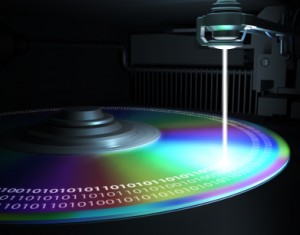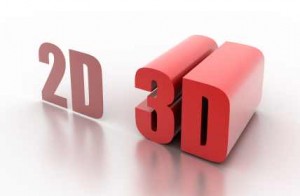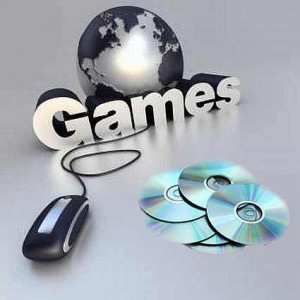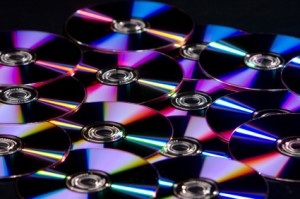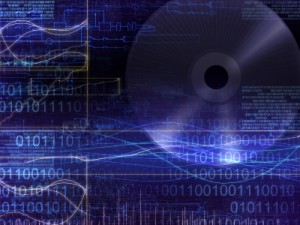The following is an article written by one of our customers.
It gives an overview of a band looking at the different ways of selling their cd’s to fans, outside of selling them at gigs.
Read the original article here: http://blog.samrussell.co.uk/physically-ship-cd/
Getting started releasing my own music was a learning curve. Not only did I have to write all the music (which was fun!), but I had to look at everything that a record label traditionally does, and take figure out how to implement it myself. One aspect was figuring out how to ship a CD. I looked over the different options and figured out a solution that works for me.
I’ll give you a quick overview of those options and why I chose the method that I did.
Options for shipping a CD
There are three options available to you:
- Drop shipping
- Third party fulfilment
- Self-fulfilment
I’ll quickly outline what these different options are:
Drop shipping
Drop shipping is when a third party company creates and ships a product on a per order basis. For example, let’s say Fred buys your record. Your drop shipping company will print a record just for Fred, and ship it to him.
Drop Shipping Pros
- You have to do almost nothing
- Everything is automated
- Low upfront costs
Drop Shipping Cons
- Per unit cost is expensive, so you make less profit per sale
Duplication Centre addition: Our sister company can offer this service, please visit www.thedigitalpublishingcenter.com for more information.
Self fulfilment
This is when you take care of every aspect of order fulfilment yourself. Your turn your office / bedroom / house into a warehouse to store and ship your records / merchandise. If you choose to do self-fulfilment, then you need to consider:
- Online purchasing system / storefront
- Product manufacture
- Packaging
- Posting
- Upfront costs
So as you can see, there is already a lot for you to consider.
Online purchasing system
How are your users going to buy your CD online? You could use third party solutions such as Bandcamp or Shopify; or you could use a solution which integrates with your own website, such as Woo Commerce. Both have advantages and disadvantages depending on your situation and what you want to achieve. I’ll write an article in the future about these options. I’ve tried Woo Commerce and Shopify myself, and personally, I prefer Shopify.
Product manufacture
You need to find a company that will physically create a CD for you. When it comes to CDs, you have two options:
- Duplication
- Replication
Duplication is for small jobs (usually up to 1000 copies). This is the same process as you would use to ‘burn’ a CD on your home computer, on a more industrial scale. Duplication also has a fast turn around time.
Replication is for bigger jobs (500 units upwards) and while it has a higher setup cost than duplication, at higher volume it is cheaper. Replication involves creating a glass ‘master’ disc and then physically stamping blank CD. It takes longer than duplication.Please see our sister company www.replicationcentre.co.uk for more information on this.
The best company I have found in the UK for duplication is The Duplication Centre. They usually ship my order within a couple of days and they give things a once over to make sure the order is ok. They also keep your order on file, making it really fast and easy to get a second printing done. If you sign up to their mailing list, they usually send out some special offers for free extra units every few months.
If you are in the UK, they are highly recommended and you can check them out here. Check them for yourselves – their policy or approach may have changed since writing this article.
Packaging
How are you going to post your CD? You need some sort of packaging. You want to balance having something low cost, with having something that can protect your product – if your CD turns up smashed, scratched or damaged; even if it isn’t your fault, your fans will be pissed off.
The best packaging solution I found are card wallets from lil packaging. They are durable, protect from light impact, scratches and drops. They also ‘expand’, so you can put a thin card wallet promo CD in, and have a slim package; or you can put a full size jewel case in there and the card wallet will ‘expand’ a bit. Check out the photos.
Finally, they are pretty cheap per unit, and the price per unit crashes with scale. Check out low cost durable packaging for your CD here. Price per unit is anywhere from 30p/unit to <1p/unit depending on the quantity purchased.
Here are some photos of what the CD mailers look like (got a big box of 150 I think it was, to hit the price break and get a cheaper per unit price):
Posting
There are a few options for this. For most people getting started, taking a bag of packaged CDs down to the local post office is probably the best solution. Get yourself a sharpie and write the addresses on the front of your card wallets by hand. You will want to check postage rates so you don’t get any nasty surprises and set up your shipping on your website / online store appropriately.
A great way to check the weight of your item is to grab a cheap set of digital weight scales that are accurate to roughly 2g (and if you use imperial will switch to ounces). Then you can accurately measure the weight of your CD / merch and make sure you don’t get any surprises at the Post Office.
Upfront costs
As you might have noticed, one aspect of self fulfilment is that, when compared to drop shipping, there are upfront costs to handle. Rather than having a CD made per order, you now have to buy 20-100 units at a time and the packaging to go with them… and your sharpie. So you start to need a bit of capital. However, you will find that your profit margin is much, much higher per unit, than drop shopping.
You should be able to get the CDs created and packaging for less than £3 per unit, so if you are selling your CD for £10-£15, that is a profit per unit of £7-£12.
Self fulfilment pros
- More profit per unit – this is a LOT cheaper than drop shipping, so for a given product price, you will make much more money
- You can customise the user experience more
- Better control over data
Self fulfilment cons
- Your house turns into a warehouse
- You have to do more planning, to source your products and packaging.
- You have to pay a lot more upfront
Self fulfilment conclusion
While it is a bit more work, this is probably the best way for most musicians getting started to go. The work involved is not really that much at all, and you make more money per sale.
Third party fulfilment
Third party fulfilment involves setting up your own supply chain. This is similar to taking self fulfilment, and taking it to the next level, turning it into a miniature business. You take your manufacturer and you connect them to a shipping company, or, you take self fulfilment and you pay someone to run it for you. Paying someone to run your self sfulfilment is pretty simple so I’ll give you a quick overview of third party fulfilment using an external company.
Orders come through from your website and are automatically sent to your shipping company. The manufacture(s) ship directly to your shipping company, who put your items into warehousing. Shipping company takes incoming website orders, takes the appropriate items from the warehouse and boxes them up (this is referred to as “pick and pack”) and ships to the consumer. They sometimes have in house packaging solutions, so you don’t have to worry about that either.
A third party fulfilment will typically charge you a warehousing fee and a ‘pick and pack’ fee.
Third party fulfilment pros
- If you have the order volume, you can scale to huge levels
- You still keep a high profit margin per item
- Automated, so you have very little to do. Shipping 10,000 units per month with this method will be less work than shipping 100 units a month with self fulfilment.
- Postage is cheaper. The shipping company gets preferential shipping rates that are much cheaper than you can get at a Post Office, due to the volume they do.
Third party fulfilment cons
- You have to be highly organised with stock management
- You have a lot of costs to organise and figure out
- You have to organise two companies to work together
- You have to integrate your order platform with the shipping company
- You need to be shipping a high volume of products to make this worthwhile
Conclusion
I would have thought for most independent musicians (if you have a record label, all this is taken care of for you), starting with a self fulfilment model and then ‘graduating’ to a third party fulfilment model will work best for you. I’m still in the self fulfilment phase.
Recommended Companies
This is a quick round up of the companies I’ve used that offer a great service with a great price (that are UK based):
lil packaging
These guys offer solutions for all your packaging problems, not just CDs! They do boxes for shipping your merch, boxes for books, boxes for this and that. They got you covered. A vital company for any band (or individual, small business) shipping their own products. Check them out
Duplication Centre
Whether you want card wallet CDs, digipaks, jewel case CDs, these guys have you covered. Their website looks a little bit old school… but it works. You can get a fully customised quote in minutes. Price per unit decreases with order volume which is nice. Check them out








